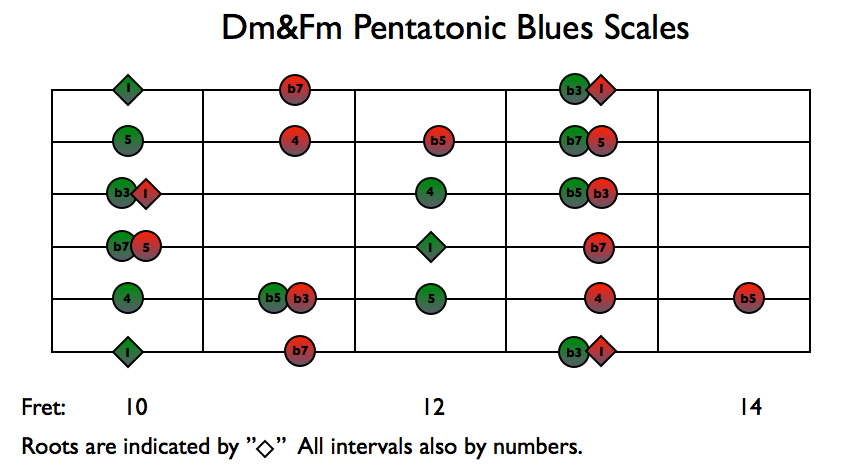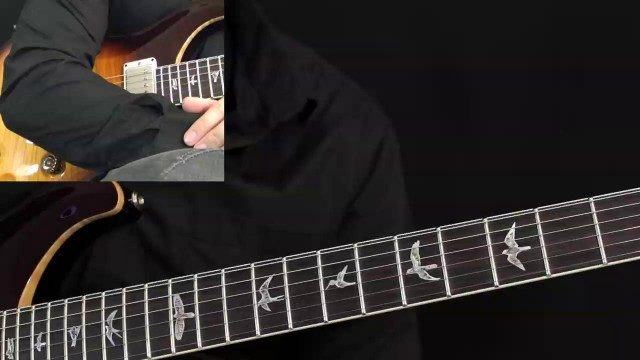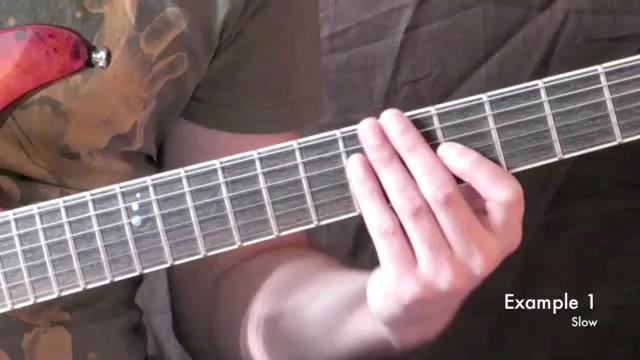The second interval we will target is the b3 in each respective key. The b3 of Dm is of course the F, and the b3 of Fm is Ab. Once again, you can see how much the keys have in common. The b3 of Dm is the root of F, and the b3 of Fm is the b5 of Dm.
Now, you can see in the scale chart below that I have not printed out the actual note names. The reason for this is that a.) as I mentioned in the beginning, you already need to know the names of the notes in each key in order for this tutorial to work to its full advantage, and b.) because viewing them in intervals makes it easier for you to then transpose this exercise to any key.
Now, as I mention in the video, just because you CAN target any note in the scales, doesn't necessarily mean you should. Not all notes are "equal" in improvisation. Some are "stronger", whilst some are weaker. It is important to understand though, that strong notes are not ONLY chord notes, such as 1, b3, b7 or 9 in this case. Notes that fill in the "gaps" or suggest extended harmony or even "scale sounds" are equally important in improvising. In this case the 6th would be used to suggest a Dorian tonality, whilst the b2 and b6 might be inserted to suggested an Altered tonality. This of course is to be used sparingly, within the key, unless your aim IS to play "out". It can however also be used to your advantage leading in to the change.
What you do then is not to only target the b3 as the change comes, but rather to anticipate the change by either targeting the note in combination with others before the change occurs (easily done as they have notes that are in common). You can do this by changing the scales all together during say the last 2-3 beats of the last bar before the change. Playing the F Blues scale over the Dm to early would suggest almost an altered sound (thanks to the 4 and b7 of F being the b6 and b2 of D). Using it just before or within the change however, can really strengthen the feel of "change" as you move from D to F.
The idea in this part is still to target the b3, but you can start experimenting with the above mentioned idea leading into that targeting.





























